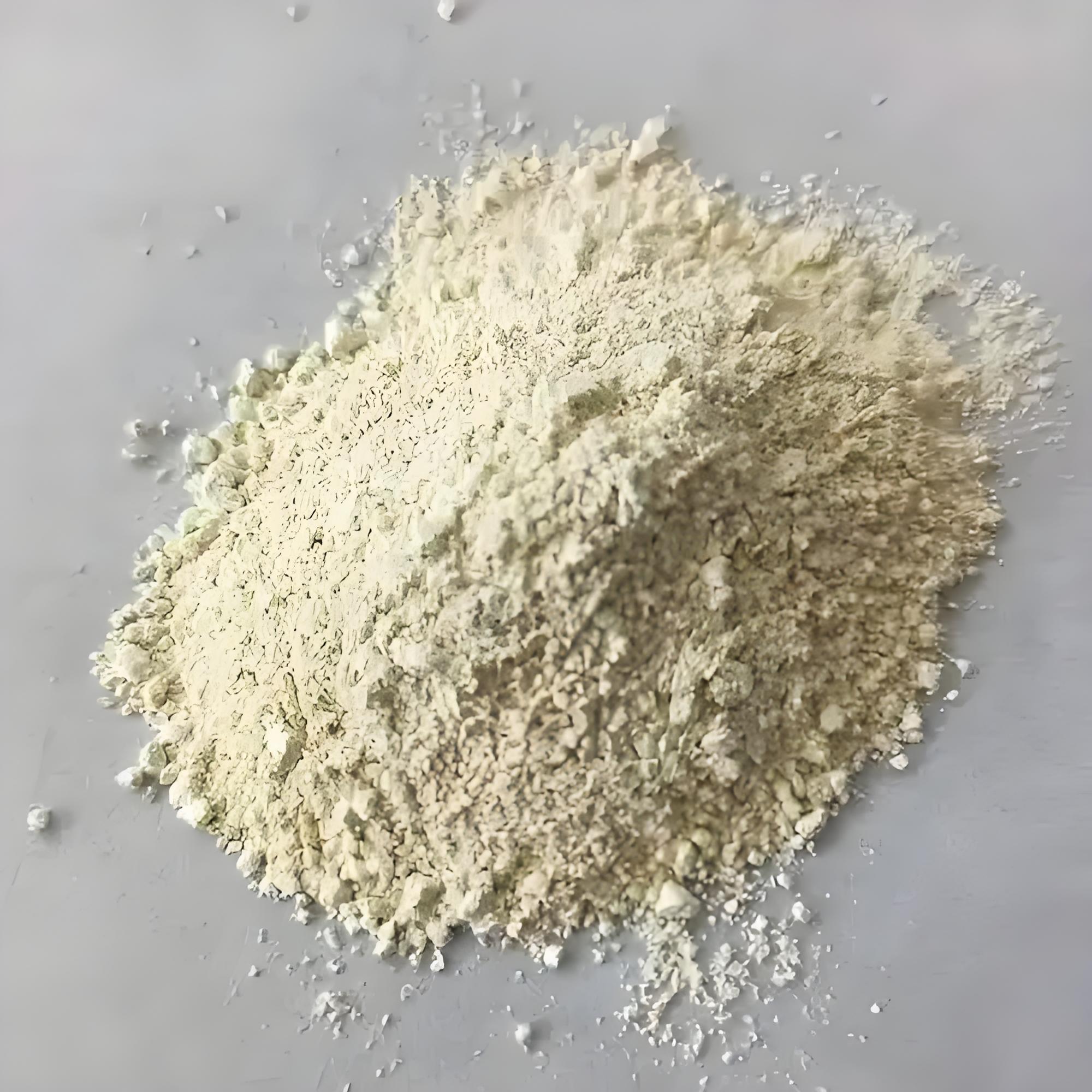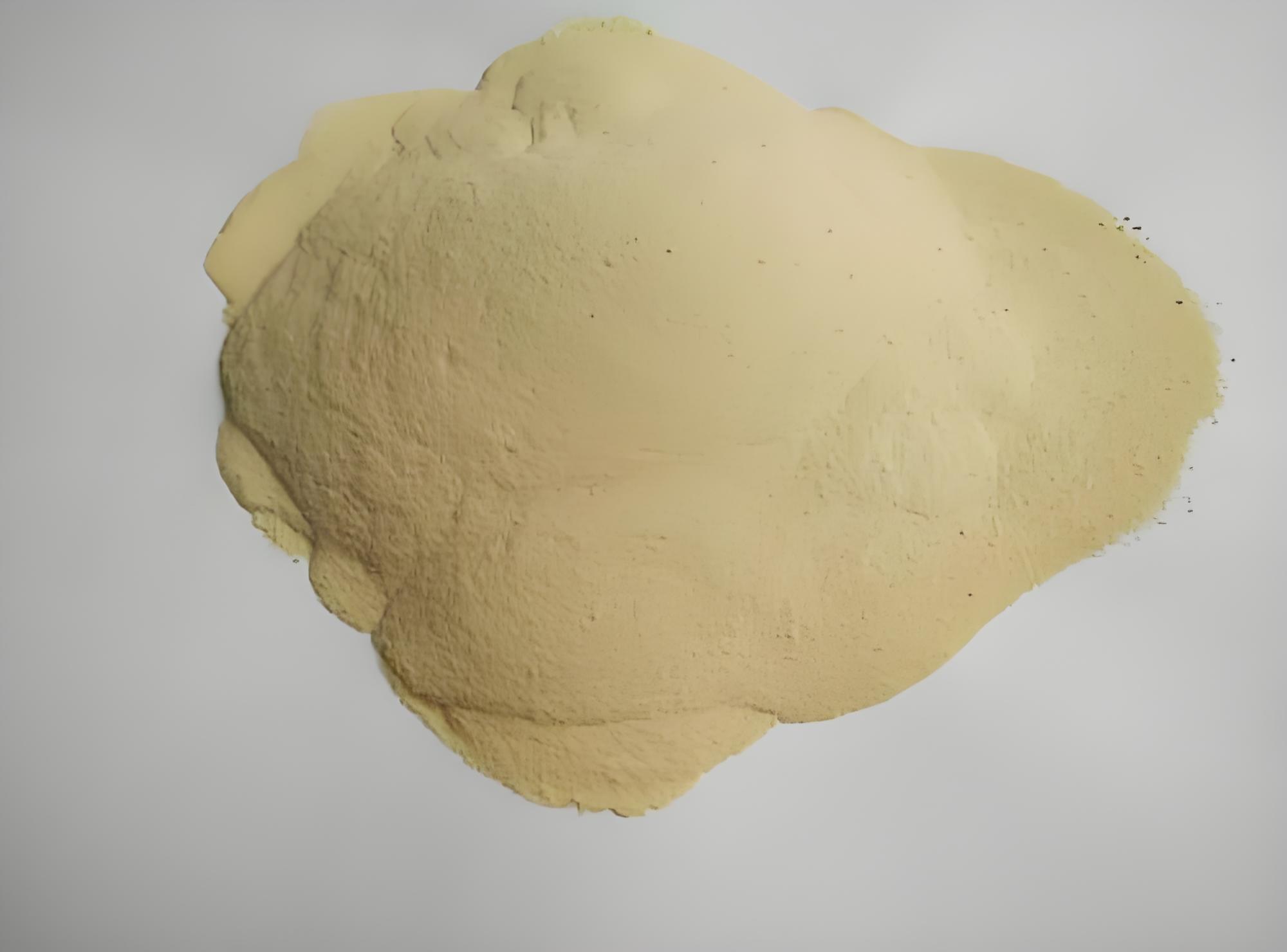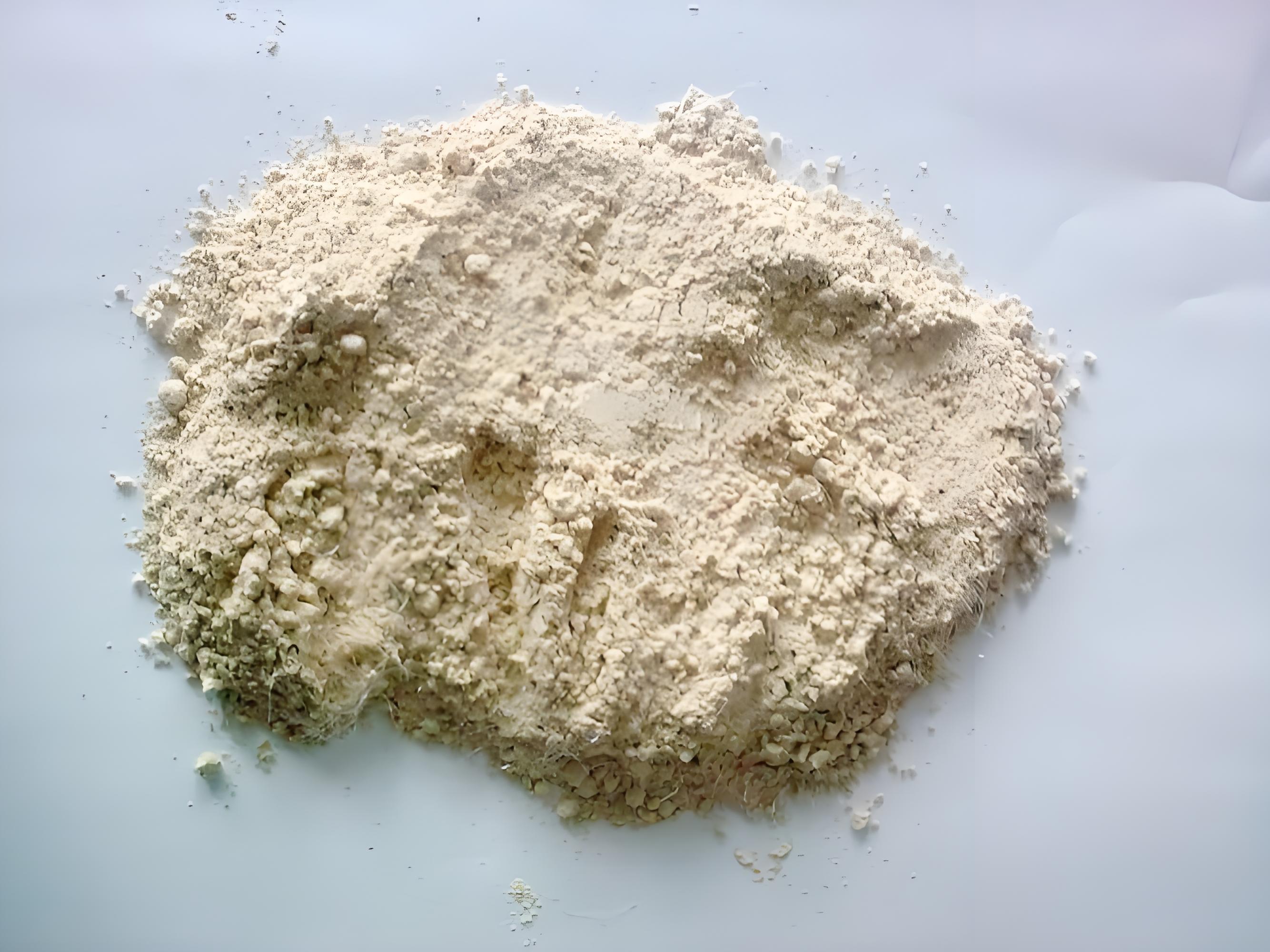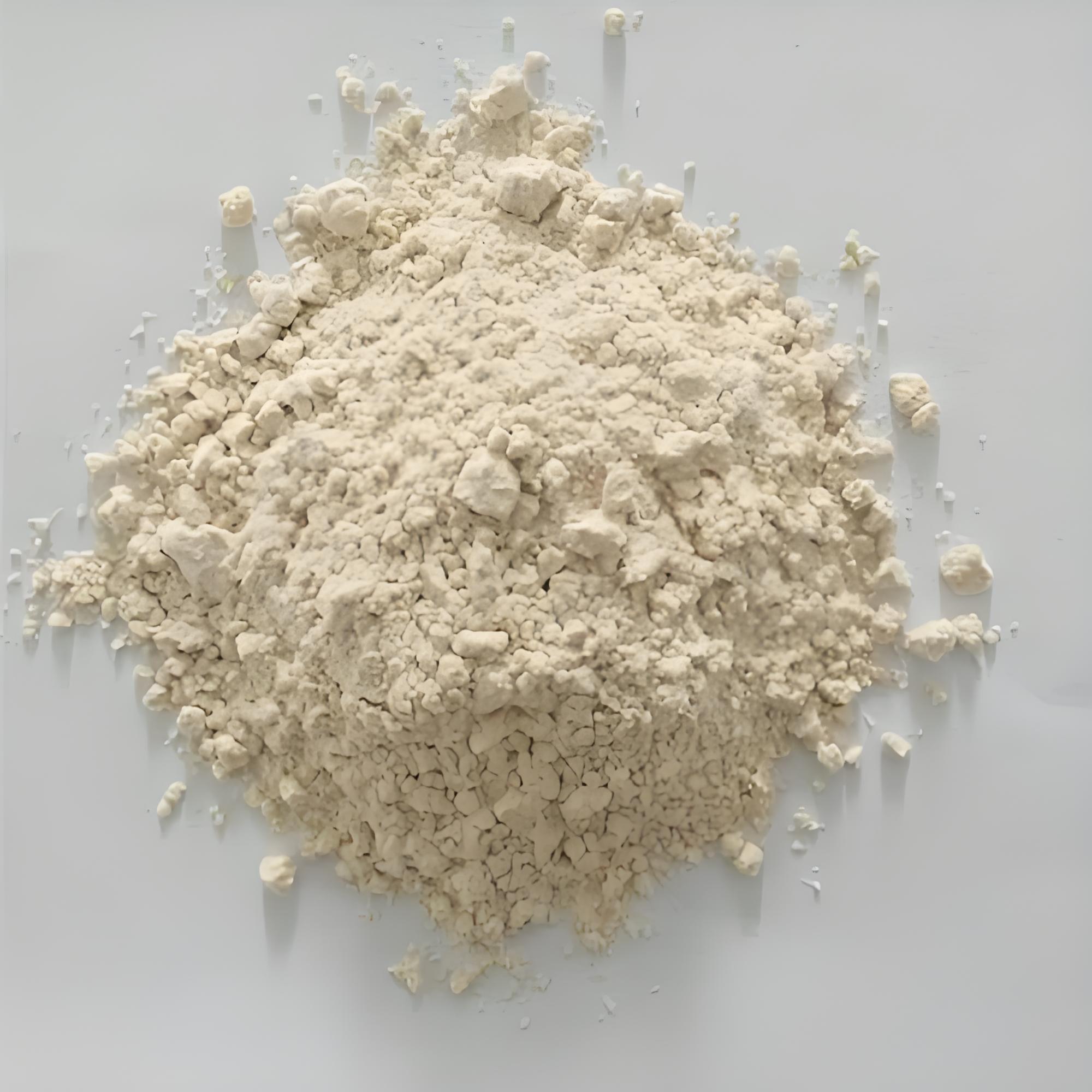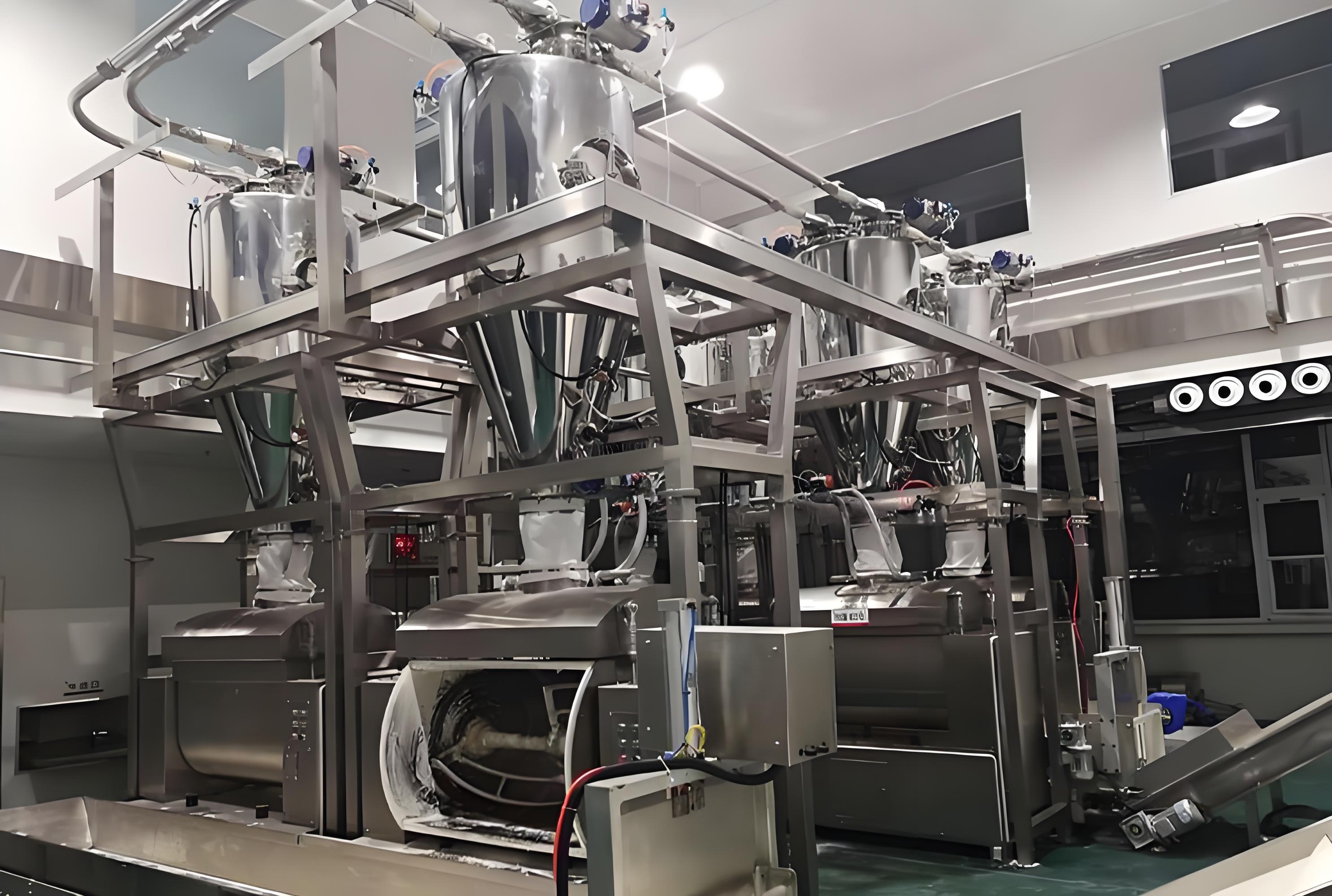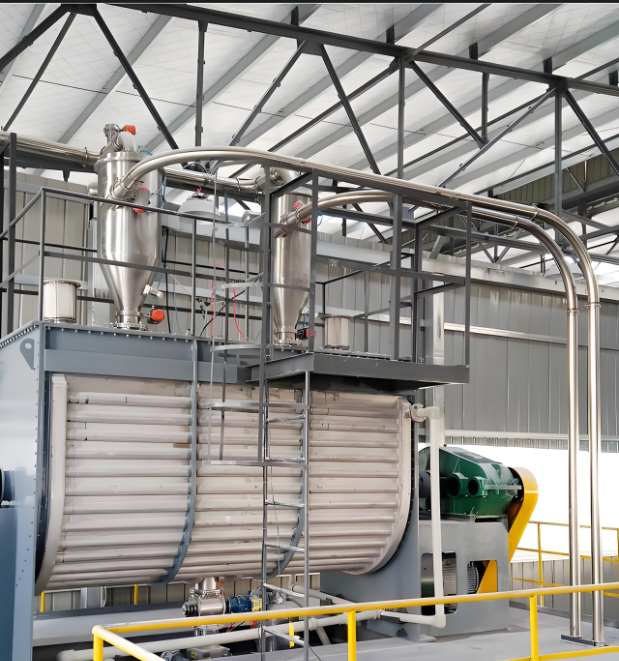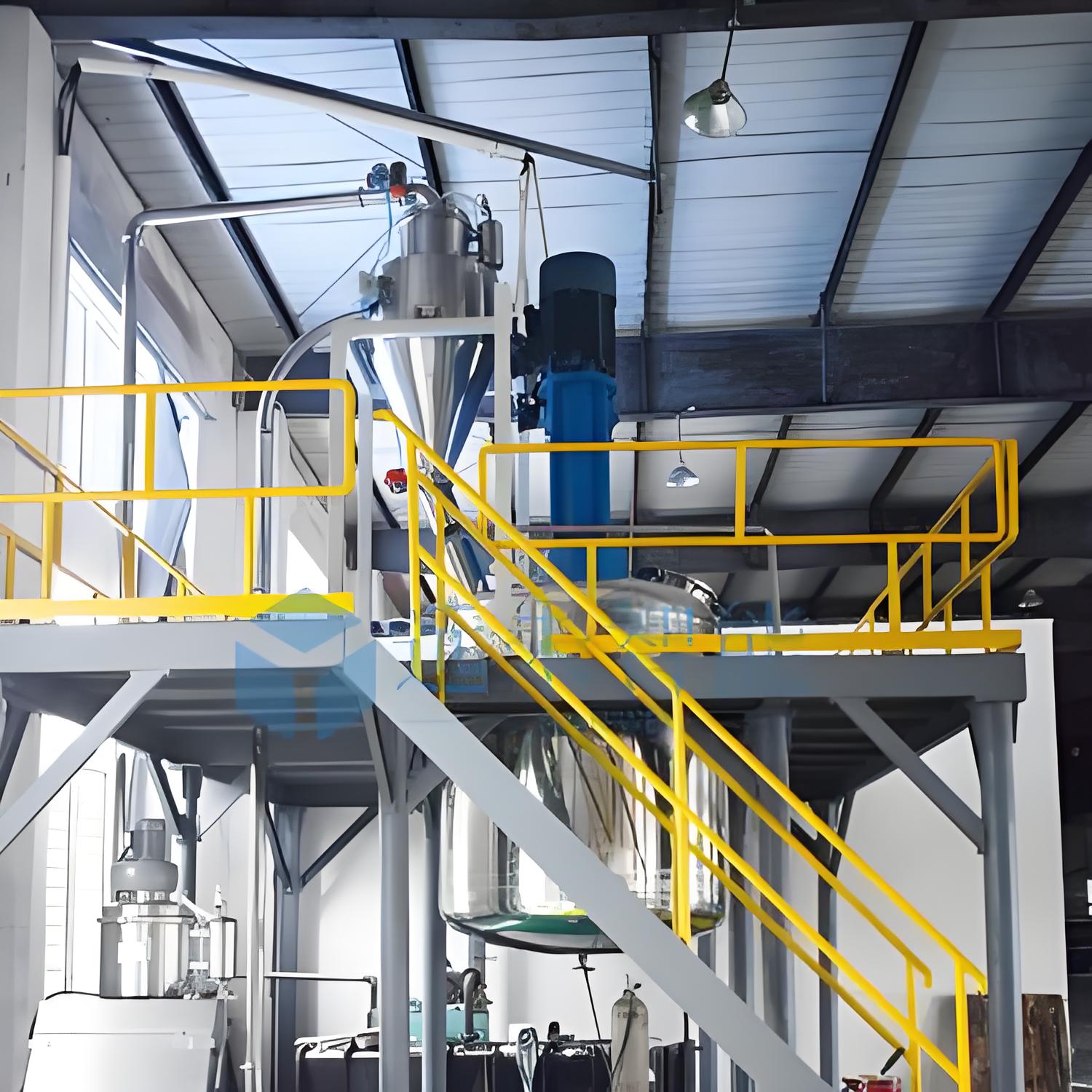Amino acid pneumatic conveying
Shandong Dongkai can provide turnkey projects such as process demonstration, design, equipment production, equipment installation, and system debugging for amino acid pneumatic conveying systems based on the actual production and on-site layout of amino acid materials.
Amino acids are a class of amphoteric organic compounds that are the basic building blocks of functional macromolecules in biological proteins.
physical property
Amino acid solids are usually colorless crystals with a melting point exceeding 200 ℃, much higher than the melting point of typical organic compounds. Amino acids are generally soluble in water, acid solutions, and alkaline solutions, but insoluble or slightly soluble in organic solvents such as ethanol or ether. The solubility of different types of amino acids in water varies greatly, with tyrosine having the lowest solubility. At 25 ℃, only 0.045g of tyrosine is dissolved in 100g of water. Lysine and arginine often exist in the form of hydrochloride salts, which are highly soluble in water and difficult to crystallize due to deliquescence. Different amino acids have different tastes such as sour, sweet, bitter, and fresh. Among them, monosodium glutamate and glycine are the most commonly used umami seasonings.
Appearance: Various common amino acids are mostly colorless crystals, and the crystal shape varies depending on the structure of the amino acid. For example, L-glutamic acid is a tetragonal columnar crystal, while D-glutamic acid is a rhombic plate-like crystal.
Melting point: The melting point of amino acid crystals is relatively high, generally between 200-300 ℃. Many amino acids decompose into amines and CO2 when they reach or approach their melting point.
Solubility: The vast majority of amino acids are soluble in water. The solubility of different amino acids in water varies, with lysine, arginine, and proline having higher solubility, while tyrosine, cysteine, and histidine have lower solubility. All kinds of amino acids can dissolve in strong bases and acids. But amino acids are insoluble or slightly soluble in ethanol.
Taste sensation: Amino acids and their derivatives have a certain taste sensation, such as sour, sweet, bitter, salty, etc. The type of taste is related to the type and three-dimensional structure of amino acids. In terms of three-dimensional structure, generally speaking, D-type amino acids have a higher sweetness intensity than their corresponding L-type amino acids.
chemical property
Amino acids, due to the presence of both amino and carboxyl groups, possess both acidic and alkaline properties. They carry a positive charge in acidic solutions and a negative charge in alkaline solutions, making them typical amphoteric compounds. Among them, amino groups can undergo various reactions such as acylation, nitrite reaction, aldehyde reaction, sulfonylation reaction, salt formation reaction, etc. Carboxyl groups can undergo acylation, esterification, decarboxylation, and salt formation reactions under certain conditions.
